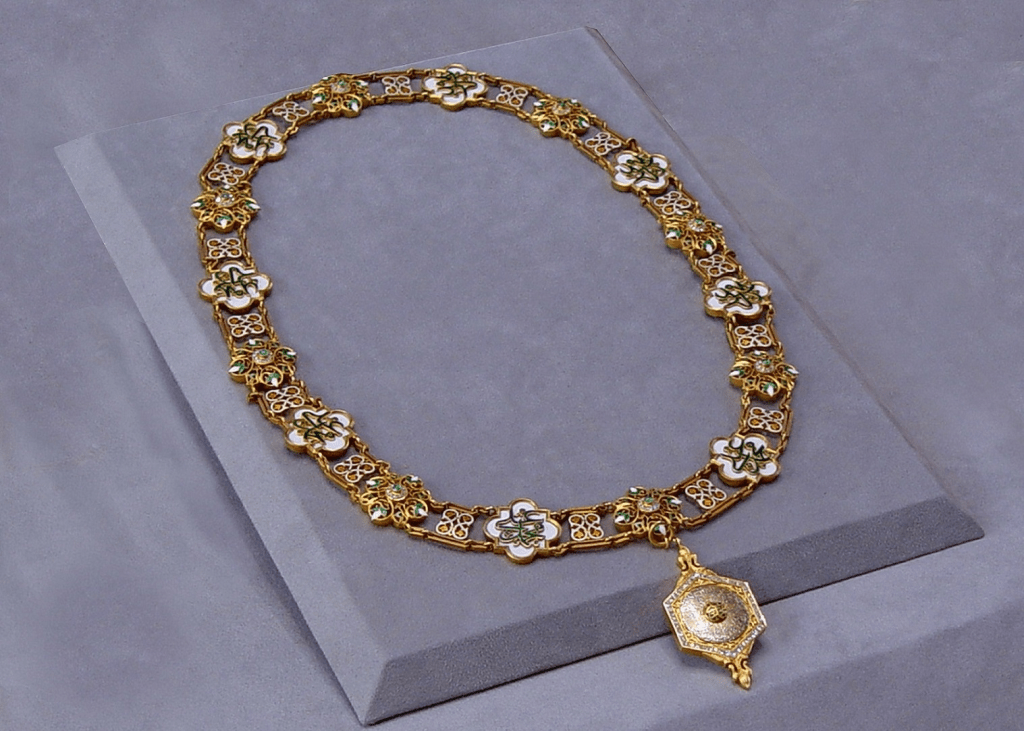Find yourself in Alexandria? Between the seafood platters and beach walks, you’ll realize this city has layers. Ancient, royal, poetic, revolutionary layers. And the best way to peel those back? Hit the museums.
Each one tells a different chapter of Alexandria’s story. Here’s your guide to the must-visit, why they matter, and what not to miss.
1) The Royal Jewelry Museum
Location: Fatema El Zahraa Palace, Zizenia
Opened: 1986
Quick Backstory
Once a royal residence, this palace was built in 1919 by Zaynab Fahmi and passed to her daughter, Princess Fatma Al-Zahra. In 1986, it was transformed into a museum, but not your average one. This place is dripping in history and gemstones.
It now holds over 11,500 royal items, from tiaras to pocket watches, offering a full picture of what luxury looks like.
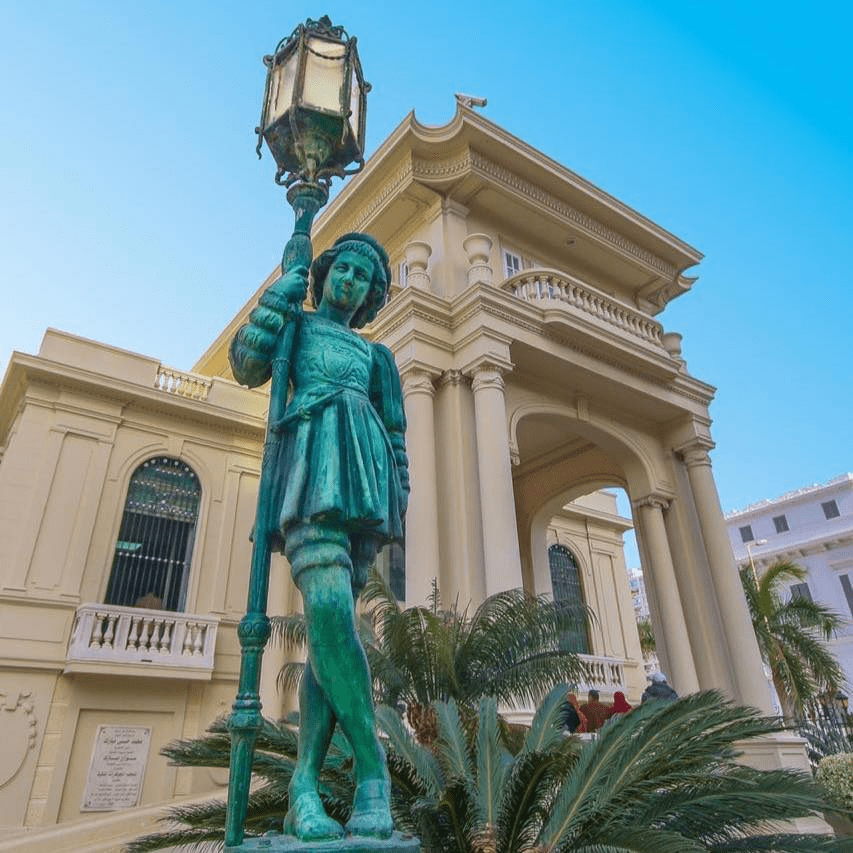

Highlights and Why They Matter
Diamond-and-emerald collar of Muhammad Ali Pasha: This piece isn’t just dazzling; it belonged to the founder of modern Egypt. It’s power, politics, and prestige in jewelry form.
The building itself is a masterpiece: Beyond the jewelry, just walking through the museum is an experience. From intricately painted ceilings to a stained-glass door that tells an Italian noble love story, the space oozes Belle Époque energy.
2) The Graeco-Roman Museum
Location: Mahatet El Raml
Opened: 1892, re-opened in 2023 after restoration
Quick Backstory
This is the oldest museum in Egypt, built specifically to display antiquities. It was the passion project of Italian archaeologist Giuseppe Botti, who wanted to preserve Alexandria’s Greek and Roman history before it disappeared under modern construction. After 18 years of renovations, it’s back and better than ever.
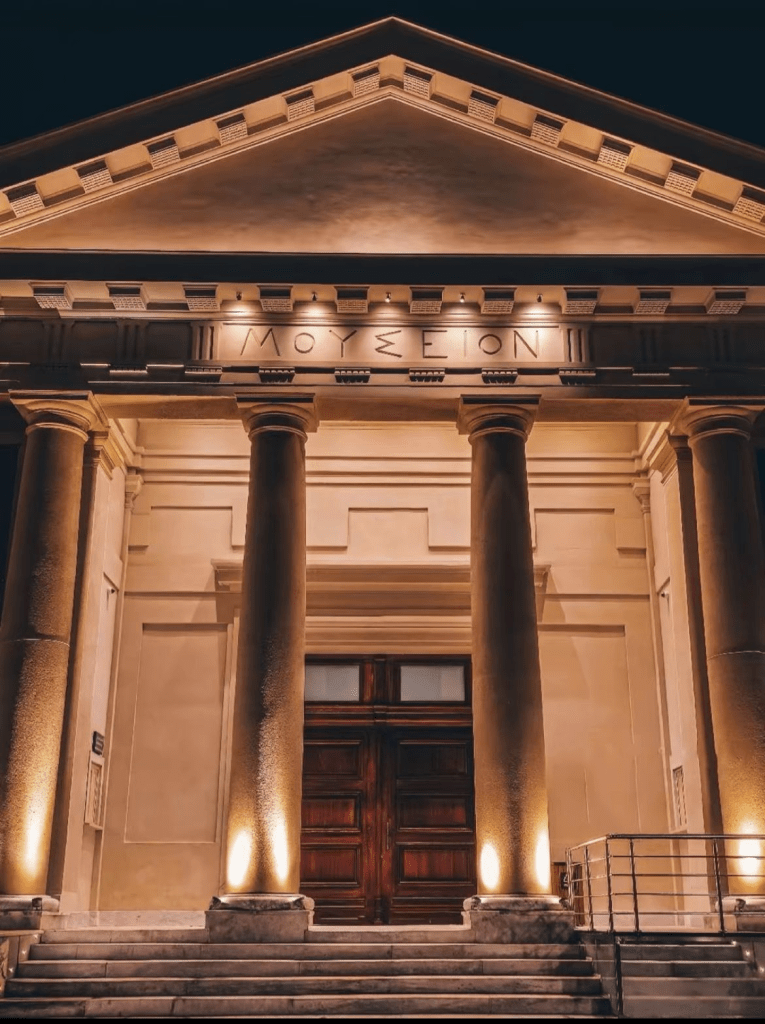

Highlights and Why They Matter
The twin steles of Nectanebo I: Found in the ancient cities of Thonis-Heracleion (now underwater) and Naukratis, these matching stone monuments carry the same royal decree—like official receipts carved in stone.
Timeline from pre-Alexander to Byzantine: You literally walk through shifting empires, religions, and art styles.
3) The National Museum of Alexandria
Location: Tariq Al-Horreya Street
Opened: 2003
Quick Backstory
Housed in a 1928 Italian-style palace once owned by a wealthy wood merchant, this museum is like a moodboard for Alexandria through the ages. The color-coded rooms (dark for Pharaonic, light for Greco-Roman, green for Islamic/Coptic) help set the scene for each era.
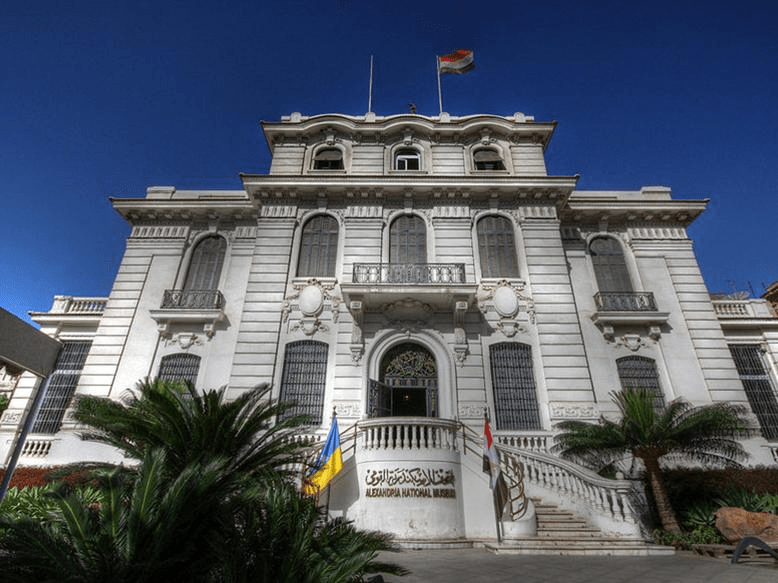

Highlights and Why They Matter
Statue of Amun (1.5 tons): This isn’t just the biggest statue at the museum—it’s a representation of one of the most important gods in Egyptian religion. Standing next to it feels mythic.


Embraces different civilizations: Greek, Roman, Egyptian, Coptic, Islamic influences all coexist in one place, showing how cosmopolitan and layered the city has always been.
4) The Cavafy Museum
Location: 4 Rue C. P. Cavafy (formerly Rue Lepsius)
Opened: 1992; renovated and re-opened in 2024
Quick Backstory
This was the actual apartment of C. P. Cavafy, the Greek-Egyptian poet whose works have been studied, dissected, and obsessed over for decades. It’s a shrine to literary greatness, with no pretension. Just poetry and lived-in genius.
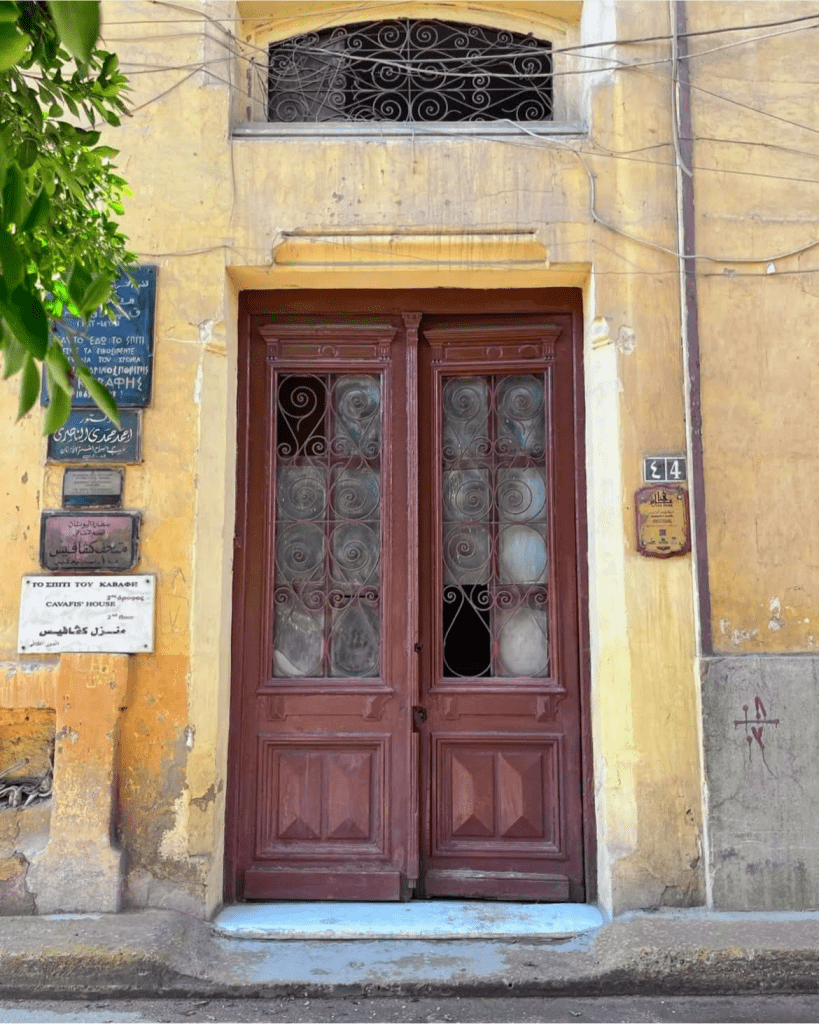

Highlights and Why They Matter
Features his poems in 20 languages & 3,000+ scholarly works about his poetry: Cavafy went global long before viral was a thing. These translations show how a poet from Alexandria impacted the literary world far beyond Egypt.
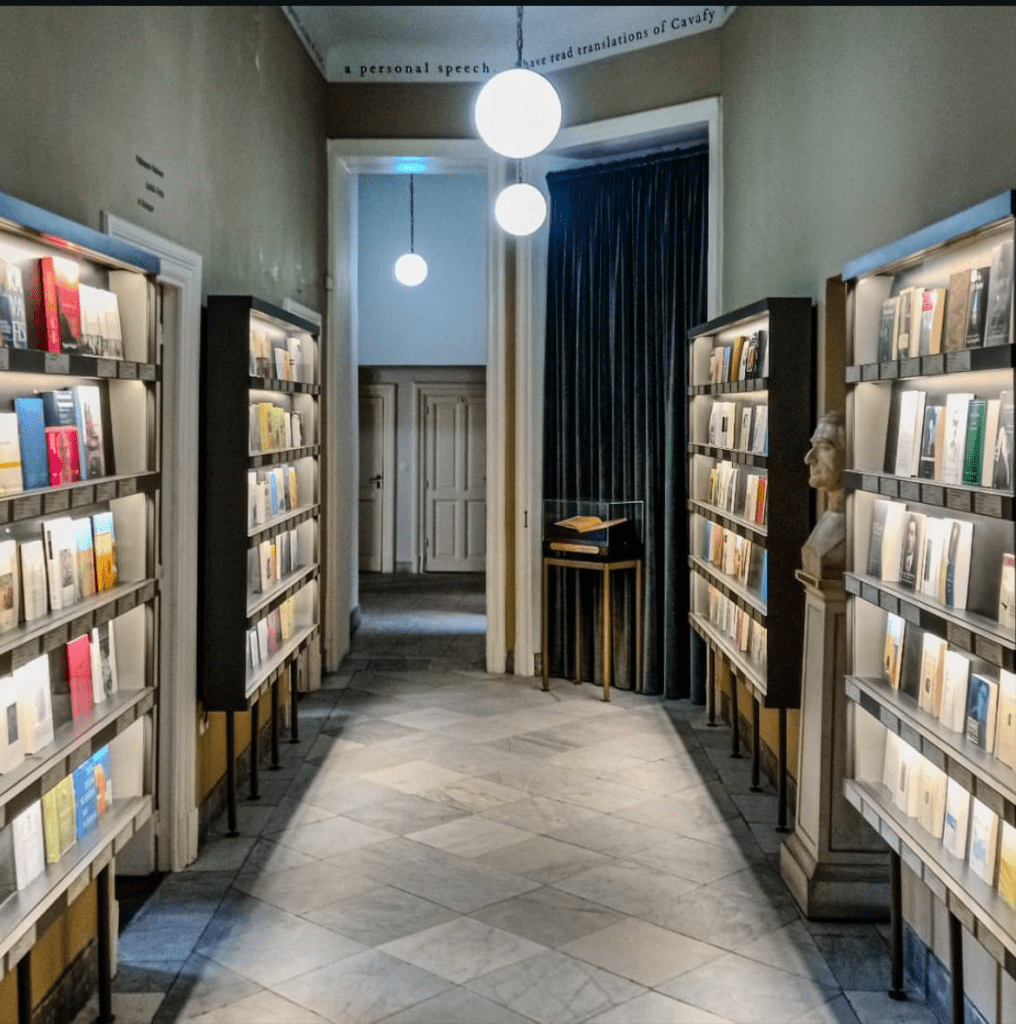

Cavafy’s original furnishings: You’re standing in the space where many of his famous poems were written. If you’ve ever wanted to feel close to a writer’s mind, this is it.
?Cavafy museum , Alexandria ✨♬ original sound – Mariam Adly
5) The Mahmoud Saïd Museum
Location: 6 Mohamed Said Pasha Street, Gianaclis
Opened: 2000
Quick Backstory:
Mahmoud Saïd wasn’t just any painter—he was the son of a former Prime Minister of Egypt, and grew up in one of the wealthiest Alexandrian families of the early 20th century. He trained as a lawyer and served as a judge, but his true calling was painting.
Mahmoud Saïd is rightly considered the founder of Modern Egyptian Painting. He was the first to blend Egyptian subjects with European techniques and made it look effortless.


Highlights and Why They Matter
40+ original paintings: They’re not just technically impressive—they feel Egyptian. Saïd captured people, moods, and moments in a way that was both honest and elevated.
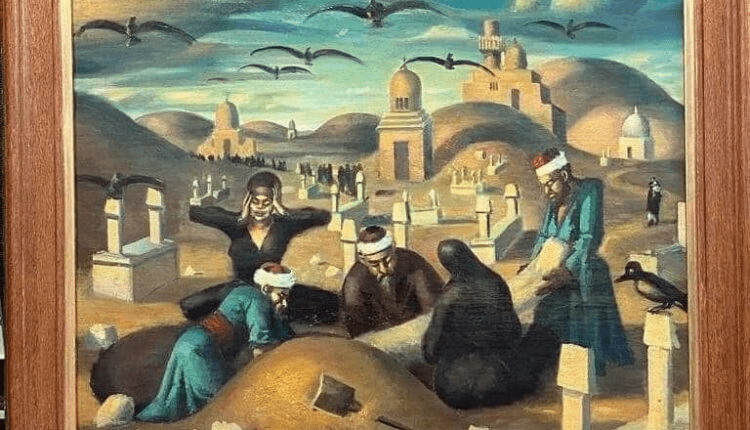

Italian-style villa setting: The museum itself is part of the art. Walking through his home gives you real insight into the kind of world he painted from.


Whether you’re into royal tea, underwater cities, or poetic chaos, Alexandria’s museums offer more than just a quiet walk; they’re a full-on time-travel experience.
On your next visit, ditch the mall, skip the same old hangouts, and walk through history instead. You’ll leave with a camera roll full of ceilings, statues, and probably a newfound obsession with some ancient goddess.
WE SAID THIS: Don’t Miss… Venture To Alexandria With These Vintage Hotel Stays



